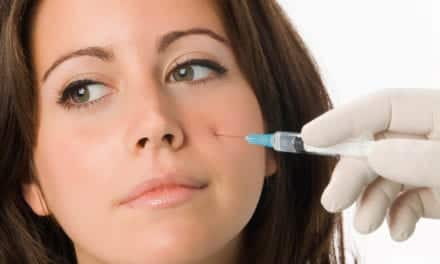As plastic surgery practices reopen, many patients have different priorities than before the COVID-19 pandemic began.
After months of stay-at-home orders and a pause on elective cosmetic procedures, a number of facial plastic surgery practices across the country are now open, although likely operating at half capacity. Many members of the American Academy of Facial Plastic and Reconstructive Surgery (AAFPRS) are busy this summer performing elective treatments of the face and neck for their patients. The most popular request, according to facial plastic surgeons, are Neuromodulators like Botox, Dysport, Xeomin, and Jeuveau.
NEUROMODULATORS
It’s been at least three months since most patients have had their injectables. With Zoom calls being the new norm in our daily lives, patients are scrutinizing their image more than before. Cosmetic treatments like Botox—because it can address the lines of expression primarily in the upper face—are extremely popular right now.

“As patients visit my practice, after months seeing their image on Zoom calls during COVID, I believe it created some pent-up demand for people to get in and get back into their regimen, as well as consider procedures they may had never considered such as facelift or chin implants,” says AAFPRS president Mary Lynn Moran, MD, a facial plastic surgeon based in Tennessee, in a release.
FILLERS
“A concern many have about injecting the face with filler is that it is typically a procedure that puts you in very close proximity to a patient’s face for a longer period of time than Botox,” she explains. “During injections around the mouth or lower face, the patient’s mask needs to be removed. So the risk of coming in contact with the virus, either directly or through aerosolization (breathing, talking, coughing, or sneezing) is higher. Each physician needs to make the decision that s/he is most comfortable with. If the patients are screened and the physician is wearing appropriate PPE such as an N-95 and face shield, the risk is reduced although not eliminated.”
[Kelz Media]





